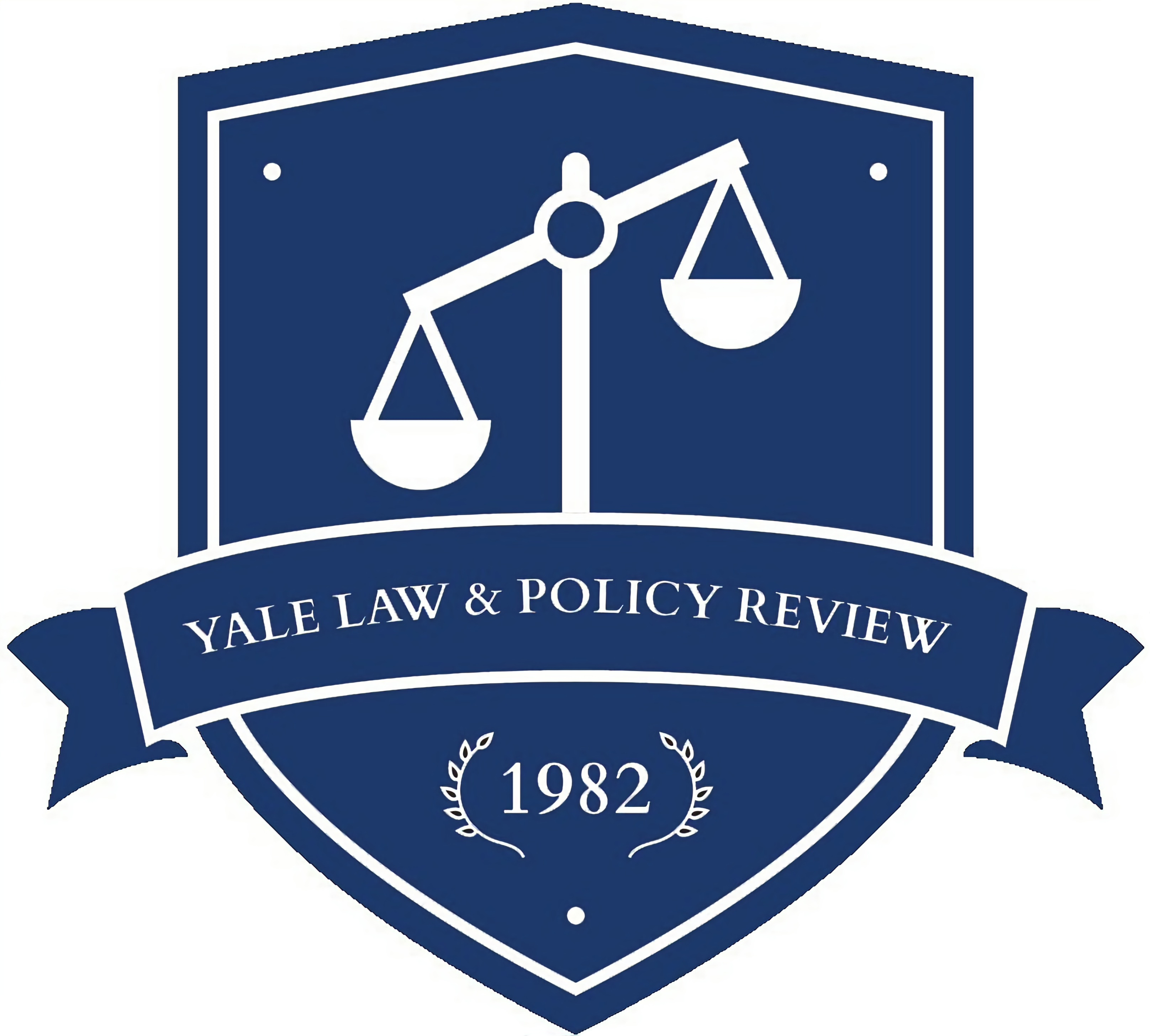The expansive growth of ridesharing companies like Uber and Lyft has changed the landscape of transportation services. These companies allow individuals to request a ride almost anywhere from a vetted driver by using a mobile app and paying for that ride online. The industry leaders are Uber and Lyft, whose modes of service differ only slightly from each other. Uber is the world’s most valuable company backed solely by private venture capital and dominates the ridesharing industry in the United States. But based on a number of allegations, customer experiences, and reports, the service might be unsafe for women. Uber has also been accused of grossly underreporting the incidence of sexual assault complaints lodged by its customers.
New competitors now plan to offer ridesharing by and for women only, as a kind of “Uber for women.” Their goal is to provide a safer ride for both drivers and customers. Yet their business model might be illegal under state and federal law. This Article argues that legislative and judicial exceptions should be made for women-only transportation services, allowing sex-based distinctions in both hiring drivers and accommodating riders, because the social value of public safety outweighs the interest of gender equality in this unique context. Single-sex rideshare companies should be permitted to engage in gender discrimination when they can demonstrate that the purpose and effect of such discrimination is to improve public safety.
See Jane Go, based in Orange County, California, is one of the new single-sex ridesharing companies. Its proposed business model raises at least two potential legal issues, one relating to drivers and the other relating to riders. The first is whether Title VII of the Civil Rights Act’s prohibition on gender discrimination in employment prevents See Jane Go from refusing to employ men as drivers. If its employment practices were challenged as a violation of that law, would See Jane Go be able to argue successfully that being a woman is a bona fide occupational qualification (BFOQ)? Could See Jane Go avoid liability by demonstrating that Title VII’s employment restrictions are irrelevant because its drivers are independent contractors rather than employees? The second question is whether See Jane Go’s refusal to allow men to hail rides in its cars amounts to gender discrimination in public accommodation, in violation of most states’ civil rights laws. While these are separate legal issues, the success of a single-sex rideshare company depends on their concurrent resolution. Meeting the goal of increased safety, at least in terms of protection from sexual assault, for women drivers depends in large part on the ability to limit ridership to women. Women riders, in turn, are far more likely to feel and arguably be safer with only women drivers. Unfavorable resolution of only one of these legal issues may moot the argument for the single-sex rideshare model as a whole.
This Article provides an overview of the basic legal challenges presented by single-sex ridesharing and proposes solutions in order to develop a more robust academic dialogue about the best approach to this emerging field. It suggests that the likely legal prohibitions on both the hiring and service aspects of a women-only ridesharing service do more harm than good. Rather than promoting gender equality, these prohibitions perpetuate a dangerous work environment for women drivers and a safety risk for women riders. Adopting a more nuanced judicial approach to reviewing cases of allegedly discriminatory hiring and a more sophisticated legislative approach to accommodating ridesharing customers, allowing in both cases for the exclusion of men, promotes the interests of women by increasing their public safety, a critical social interest. The minimal costs of removing legal barriers to a women-only ridesharing service would be outweighed by the social benefit of reducing assaults on women in both the front and back seats.
This Article proceeds in four parts. Part I describes the public safety problems posed by rideshare services for both female drivers and female customers and the ways in which the industry leaders’ response to those problems exacerbates them. Part II examines the legal restrictions on sex-based selectivity in hiring drivers and the rationales for exceptions to those restrictions set out in leading case law, including the BFOQ defense, and argues for a public safety exception to the prohibition on gender discrimination in employment in the narrow context of women’s ridesharing companies. Part III explores the legal prohibitions on gender discrimination in public accommodation and its application to ridesharing companies and proposes judicial and legislative solutions. Part IV suggests areas for further research, including the collection of additional data and the study of single-sex ridesharing practices in other countries, before the issues analyzed in this Article can be conclusively resolved.
